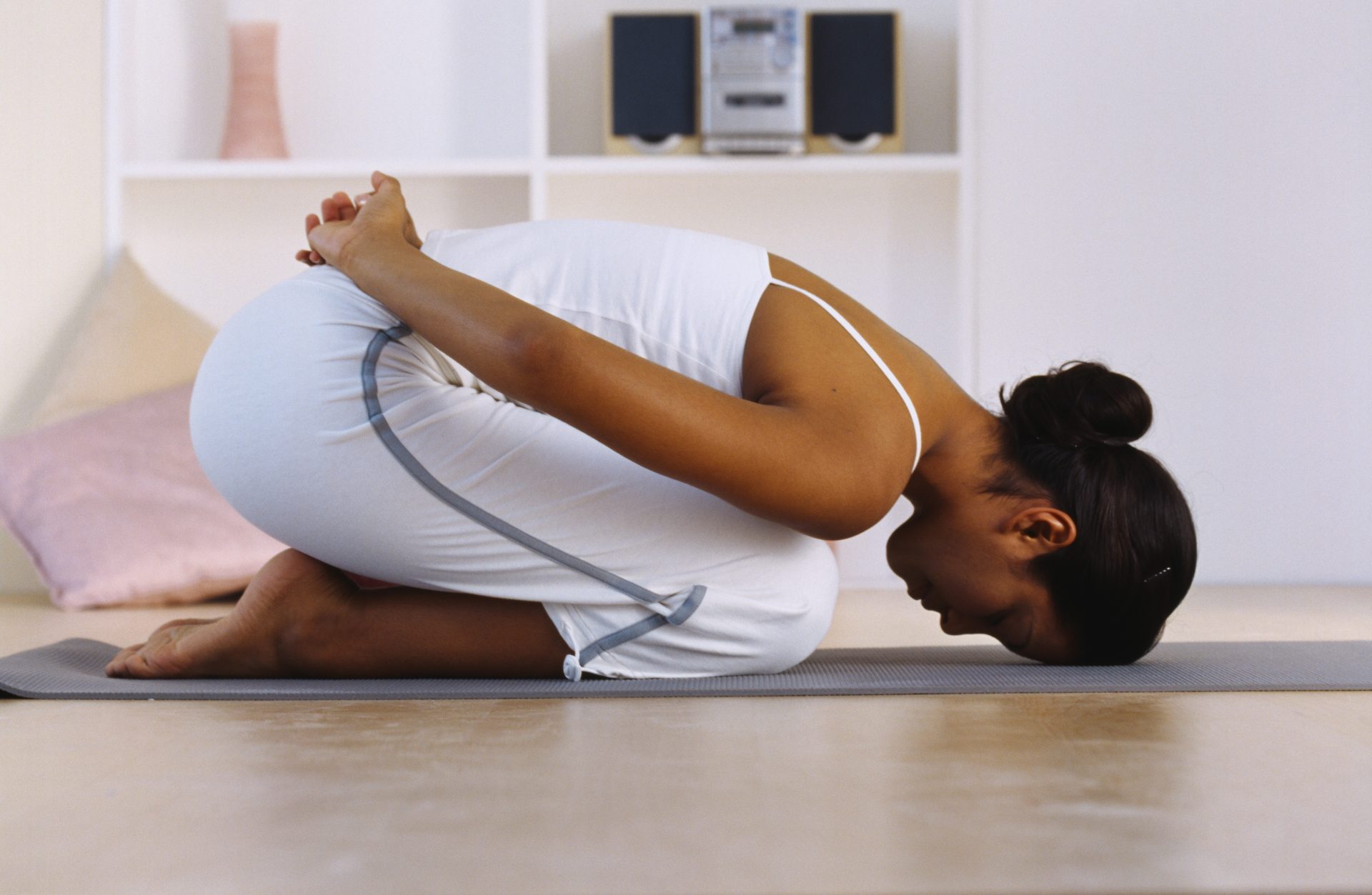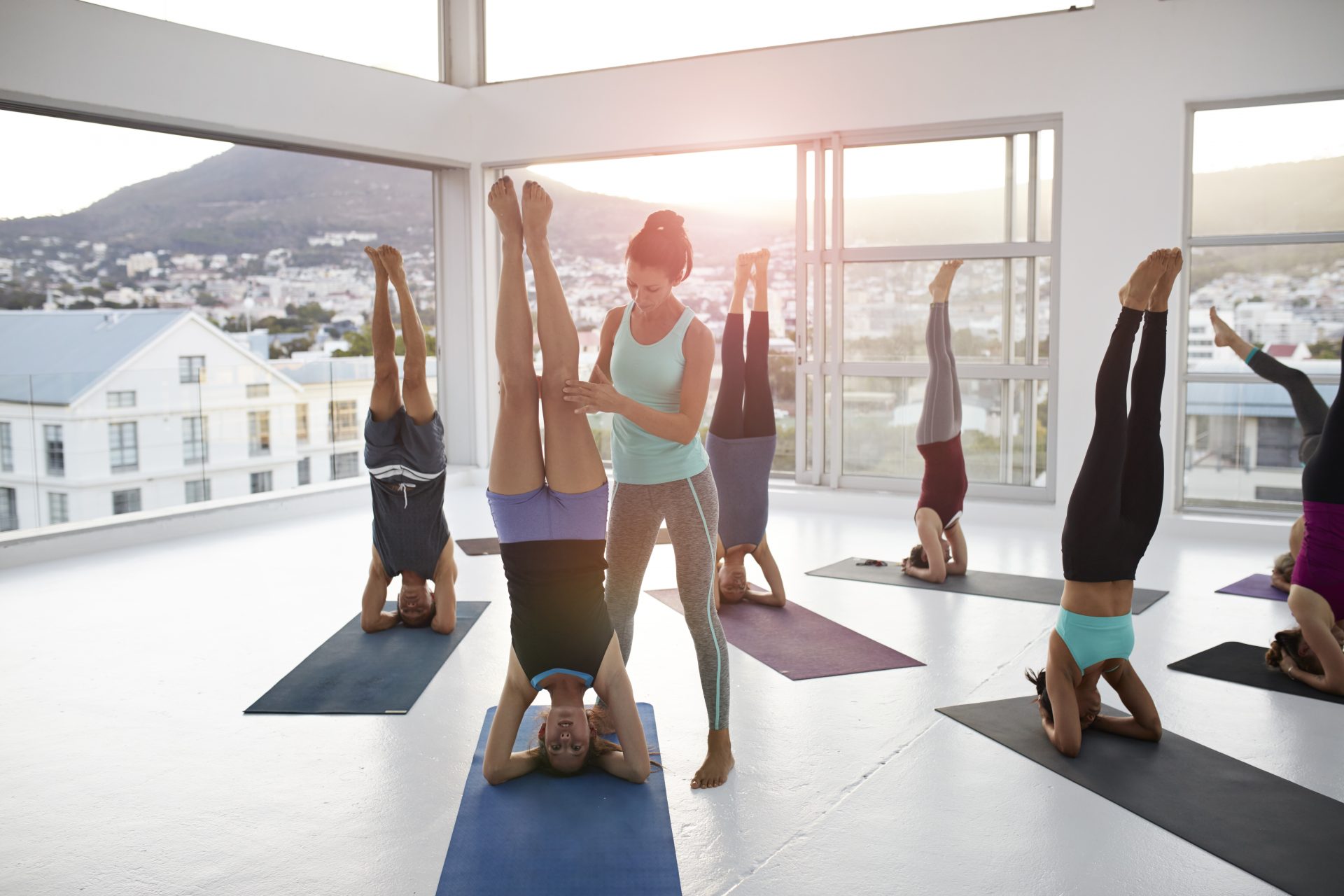When we think of inversions in yoga, headstands or handstands are usually the ones that come to mind first. But there are so many other types of inversions that have so many benefits for our minds and bodies.
If you go to yoga classes regularly, you probably know that one person who effortlessly does a handstand or headstand at the end of the class. You may even be one of them – and that’s great. The reality for many, however, is that these poses are challenging and may not be accessible for everyone.
The good news is that inversions are so much more than just challenging arm balances or headstands – asanas such as downward dog and even child’s pose are inversions that allow you to reap the same benefits as the more advanced ones. The key when practising inversions is to listen to your body and know how to practise them safely to avoid injury.
You may also like
11 tips to make yoga feel easier and more enjoyable
What are inversions?
“Traditionally an inversion defines any asana that places your head below your heart and hips, therefore inverting the body, blood flow and energy flow,” says Cat Meffan, yoga instructor and founder of Soul Sanctuary.
“In more recent times, especially in the West, we have focused on inversions that require a lot more power, strength and balance, connecting the word inversion to the likes of headstands and handstands. A restorative inversion could be placing your sacrum onto a block, resting your legs up against the wall with your upper body resting on the floor.”

Examples of inversions
- Downward-facing dog
- Legs up the wall pose
- Shoulder stand
- Headstand
- Handstand
- Bridge pose
- Plow pose
- Wheel pose
You may also like
“Why don’t I feel emotional during yoga?” Here’s why not everyone gets teary during hip-openers
What are the benefits of inversions?
When your head is below your heart, the blood flow to your heart and brain increases and this helps to improve circulation in the body. “Inversions are also great for promoting lymphatic drainage (which aids recovery and removal of waste products), helping stress management, building core and shoulder strength and stimulating energy levels,” says Aimee Fuller, yoga instructor and two-time former winter Olympian.
For Meffan, one of the most important benefits of inversions is that they bring awareness to her playful and silly inner child, the one that wants to have fun and be fearless. “As adults, we tend to forget about being playful,” shares Meffan. “So practising inversions can be a great way to reconnect to that part of you… as long as you can lean into the acceptance of frustration, falling and failure, as these are all beautiful aspects of learning to invert too.”
How to practise inversions safely
One of the most important parts of practising inversions, especially if you’re new to yoga or want to practise more challenging asanas like headstand or handstand, is learning how to fall safely and to make sure you’re practising in a space that gives you enough room to fall out of the asana.
“Usually, group classes where a teacher only has enough time to give practitioners five to 10 breaths to work on one of these inversions isn’t the best time to start your inversion journey,” explains Meffan.“It’s much better to go to a dedicated inversion workshop where you can learn how to enter and exit safely, with the correct alignment.”
You may also like
15 tips for starting pilates: the ultimate beginners’ guide
However, if you already feel pretty confident in a yoga class trying to kick up to handstand or any other inversion, then there’s nothing stopping you. “I always just tell practitioners to take a moment to breathe and check in with their body and emotions before trying and to also be very mindful of other people around them,” Meffan says. “If the option is given to use the wall, then you can absolutely do that; we just don’t want to forever rely on the wall, as it can have the tendency to make us a little lazy when it comes to engagement.”

Is there anyone who shouldn’t practise inversions?
If you have high or low blood pressure, a history of dizziness, any hypermobility syndromes like Ehlers-Danlos Syndrome (EDS), any injuries or if you’re pregnant, it’s better to seek out medical advice first. “That doesn’t mean to say you won’t be able to take part, but there may be certain things you need to do in order to prepare your body for these shapes,” Meffan explains.
Images: Getty
Source: Read Full Article